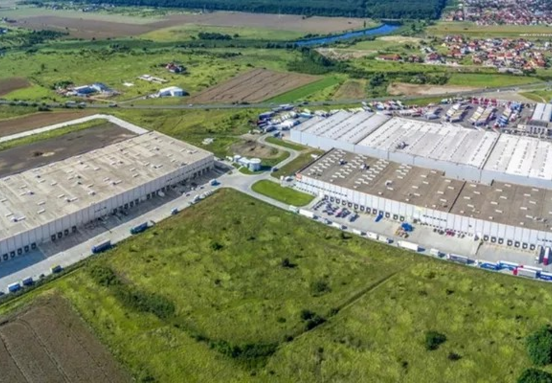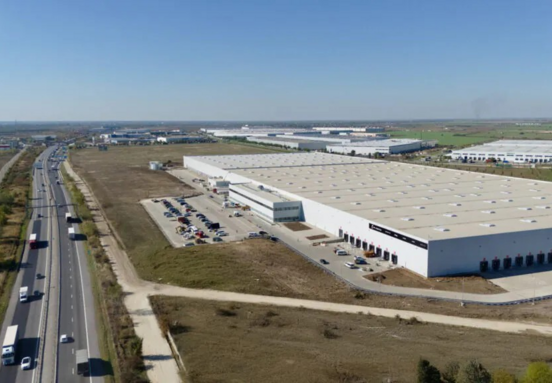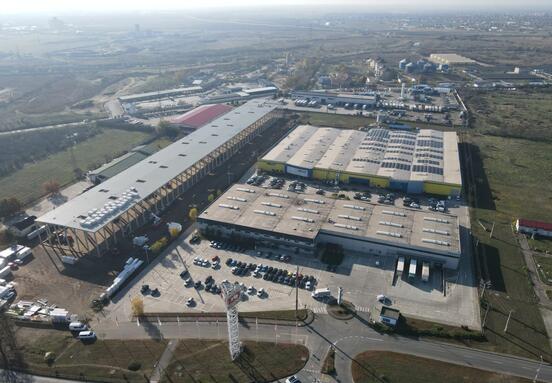Romania is making a bold statement with substantial investments in its road infrastructure, earmarking an estimated 25 billion lei for road projects in 2026. This strategic focus isn't just about improving mobility; it's a calculated move to attract businesses, particularly in the industrial, production, and logistics sectors, solidifying the country's position as a key logistics hub in the region.
Record Budgets and Rapid Expansion
The national road company, CNAIR, anticipates a budget of around 22 billion lei in 2025, with plans to deliver 250 new kilometers of highway. Projections suggest Romania will exceed 1,500 km of highway in 2025 and surpass the 2,000 km mark by 2027. This accelerated pace is crucial for linking pan-European corridors and fostering economic development across the country.
Highways as Economic Catalysts
New infrastructure projects are viewed as strategic economic instruments. "We aim to deliver 250 kilometers this year. This isn't just a quantitative matter, but a strategic one: we are linking pan-European corridors and supporting economic development," states Cristian Pistol, General Director of CNAIR.
The Direct Impact on Real Estate: Industrial, Logistics, and Retail
The business community recognizes the direct correlation between infrastructure development and market opportunity. "Every hundred kilometers has generated, on average, 500,000 sqm of industrial space and 400,000 sqm of modern retail. The correlation is clear," notes Răzvan Iorgu, managing director at CBRE Romania. Statistics confirm this, showing a 90% increase in the highway network over the past decade correlating with a 110% rise in modern industrial space stock. Foreign investors are demonstrably following the infrastructure build-out.
Key Projects Driving Growth
Major projects like the A0 Bucharest ring road are set to be completed by 2026, with the southern segment opening in June 2025, offering a direct connection between the A1 and A2 highways. Discussions are already underway for a second highway ring around Bucharest. Further afield, the Moldova Highway is transforming the eastern part of the country, making cities like Buzău, Focşani, Bacău, and Iaşi increasingly attractive for production and logistics investments. There is also growing interest in land located near the A0 ring road.
Addressing Challenges and Planning for the Future
To maintain momentum, CNAIR has implemented measures like quarterly negative certificates for delayed contractors and a legal formula for monthly material price updates, addressing potential obstacles like inflation. With European funds heavily utilized (the transport program is over-contracted at 300%), public-private partnerships are being explored as alternative financing methods. Developers emphasize the critical need for predictability regarding completion dates for highway access points, which is essential for planning logistics and development projects.
Romania's Position in the Regional Landscape
While Romania's 8 km of highway per 100,000 inhabitants is double the figure from a decade ago, it still trails peers like the Czech Republic and Poland. However, with 700 km currently under construction and a target of 1,000 km in progress by 2026, the pace is strong. The significant infrastructure budget signals a clear commitment for 2025-2026, enhancing Romania's attractiveness for logistics, production, and e-commerce investors who prioritize connectivity.
"We are transforming infrastructure into a competitive advantage. Highways are no longer just public projects, but an economic promise delivered on the ground," concludes Cristian Pistol.
Source: zf.ro







